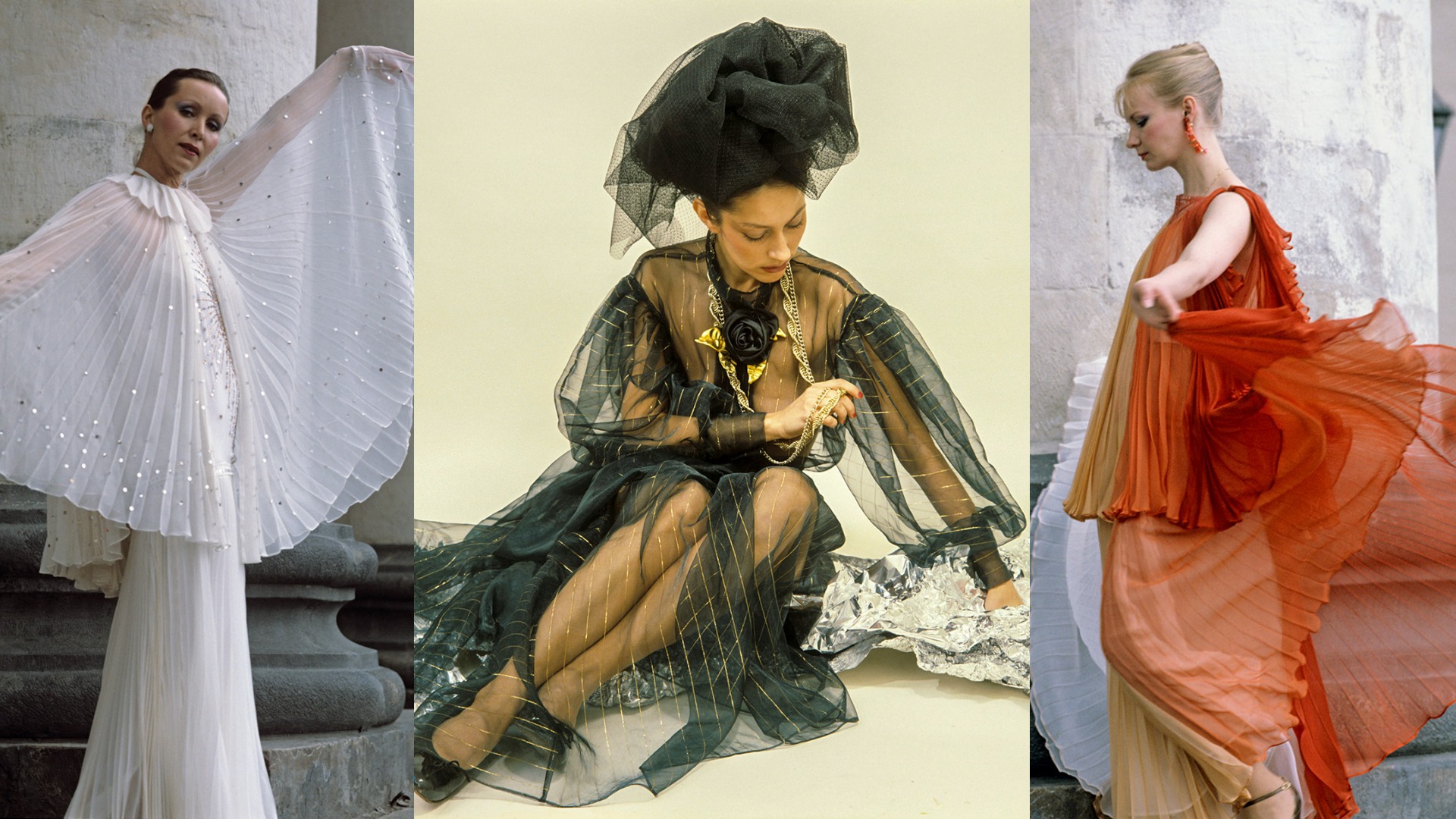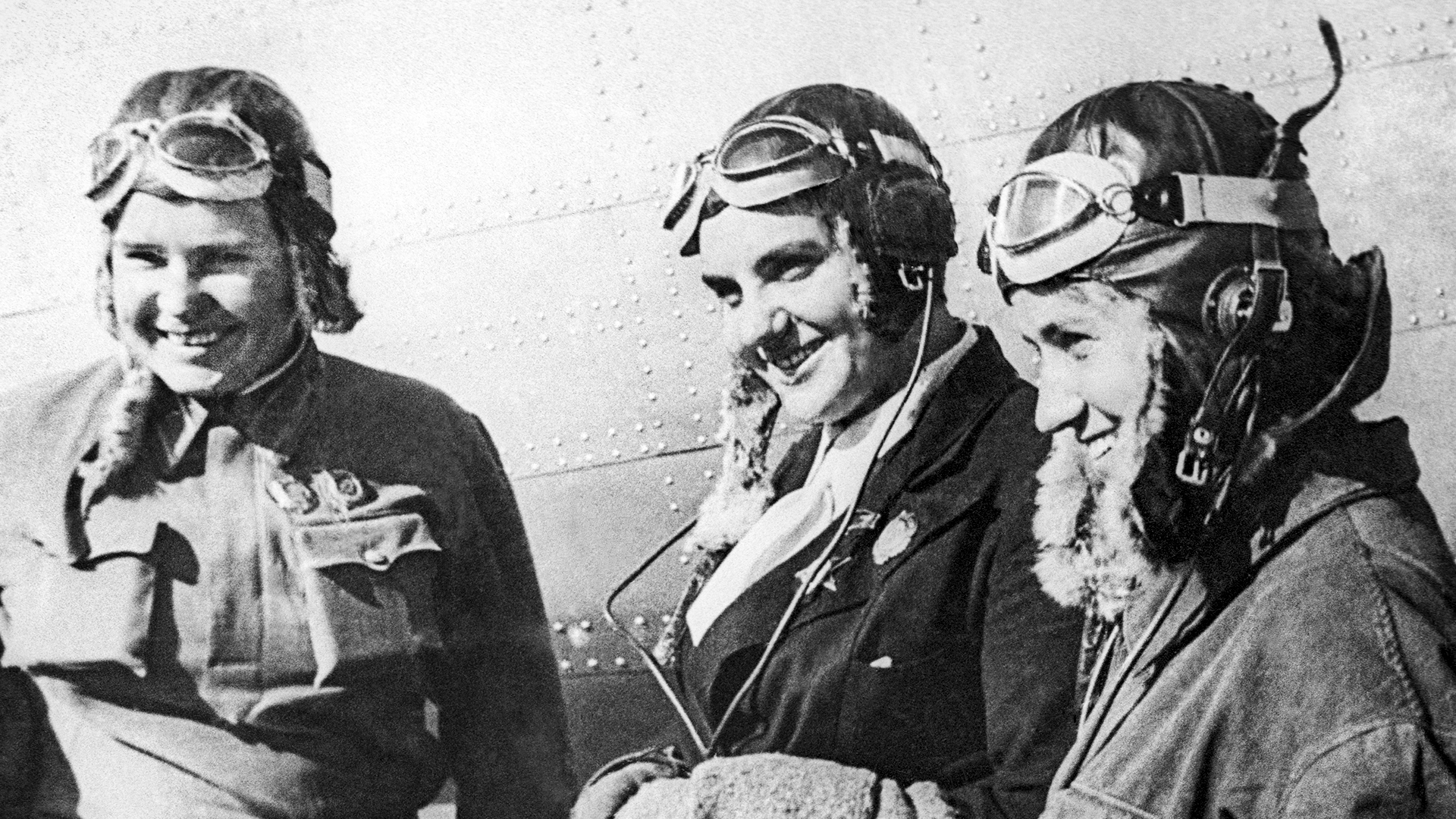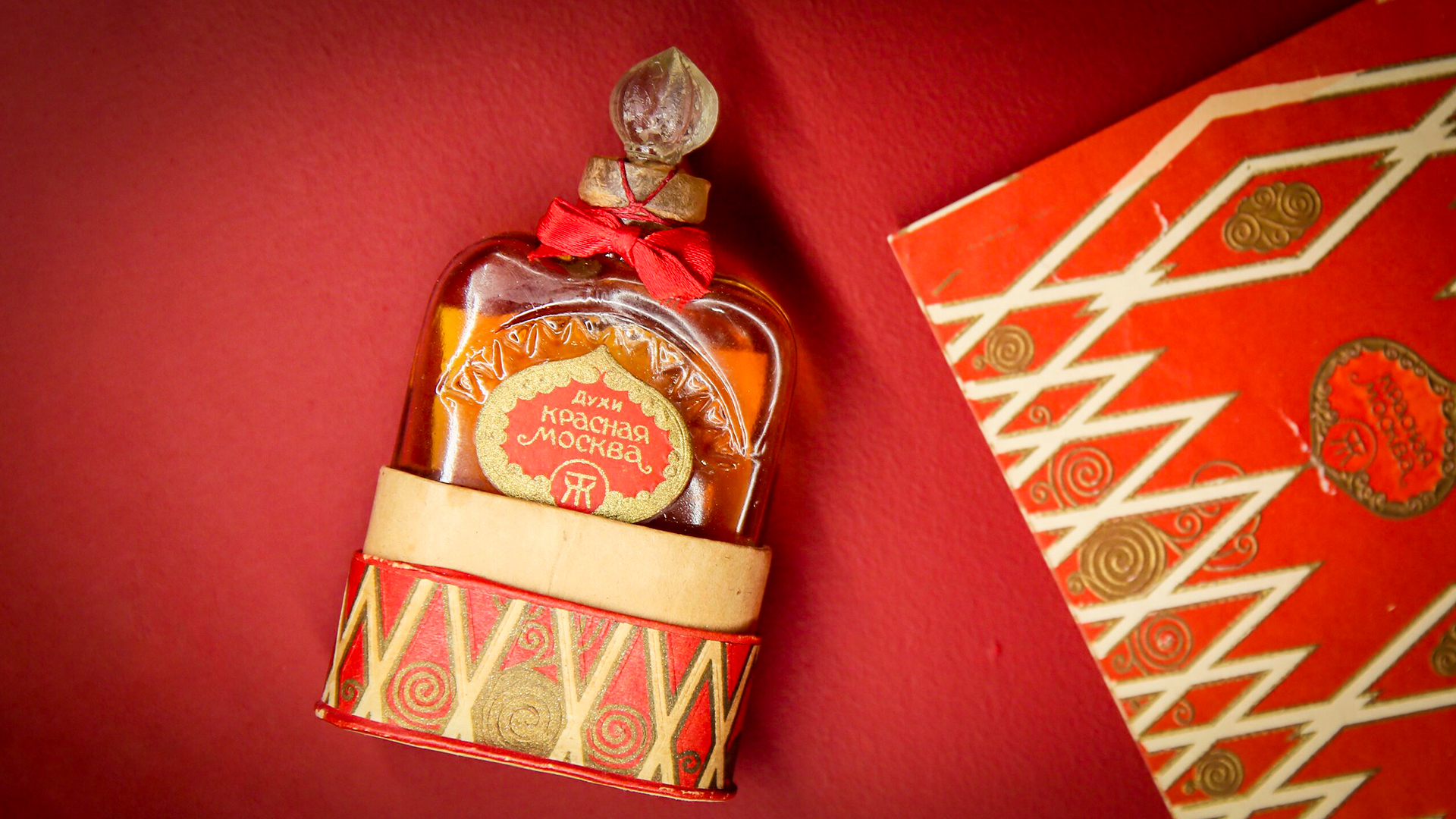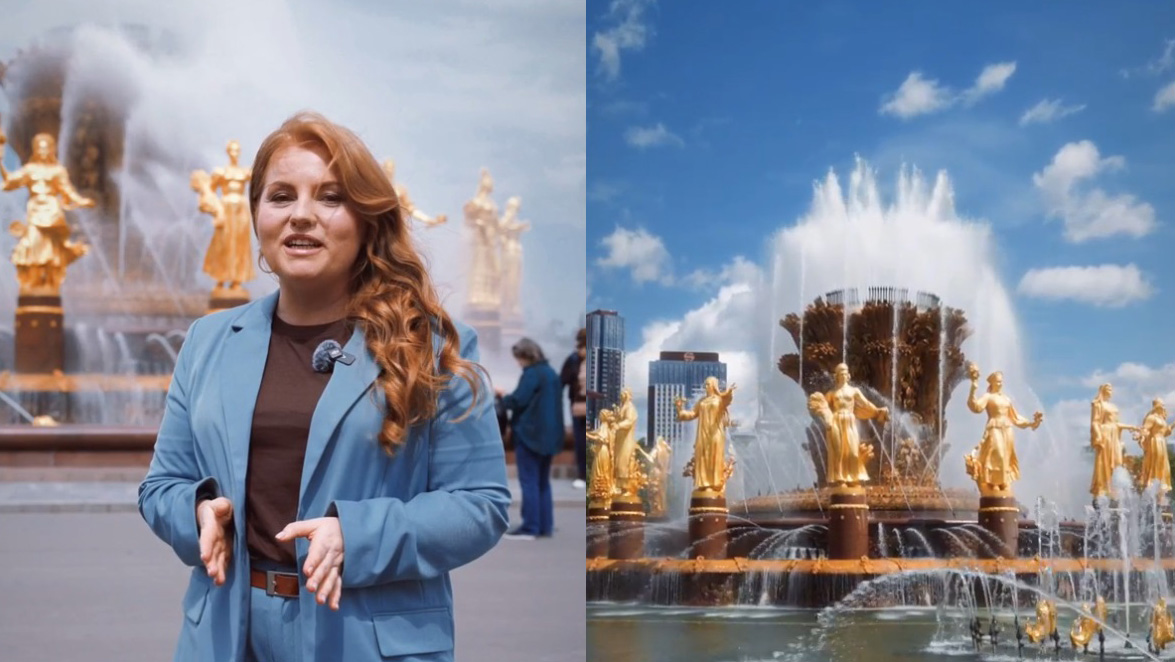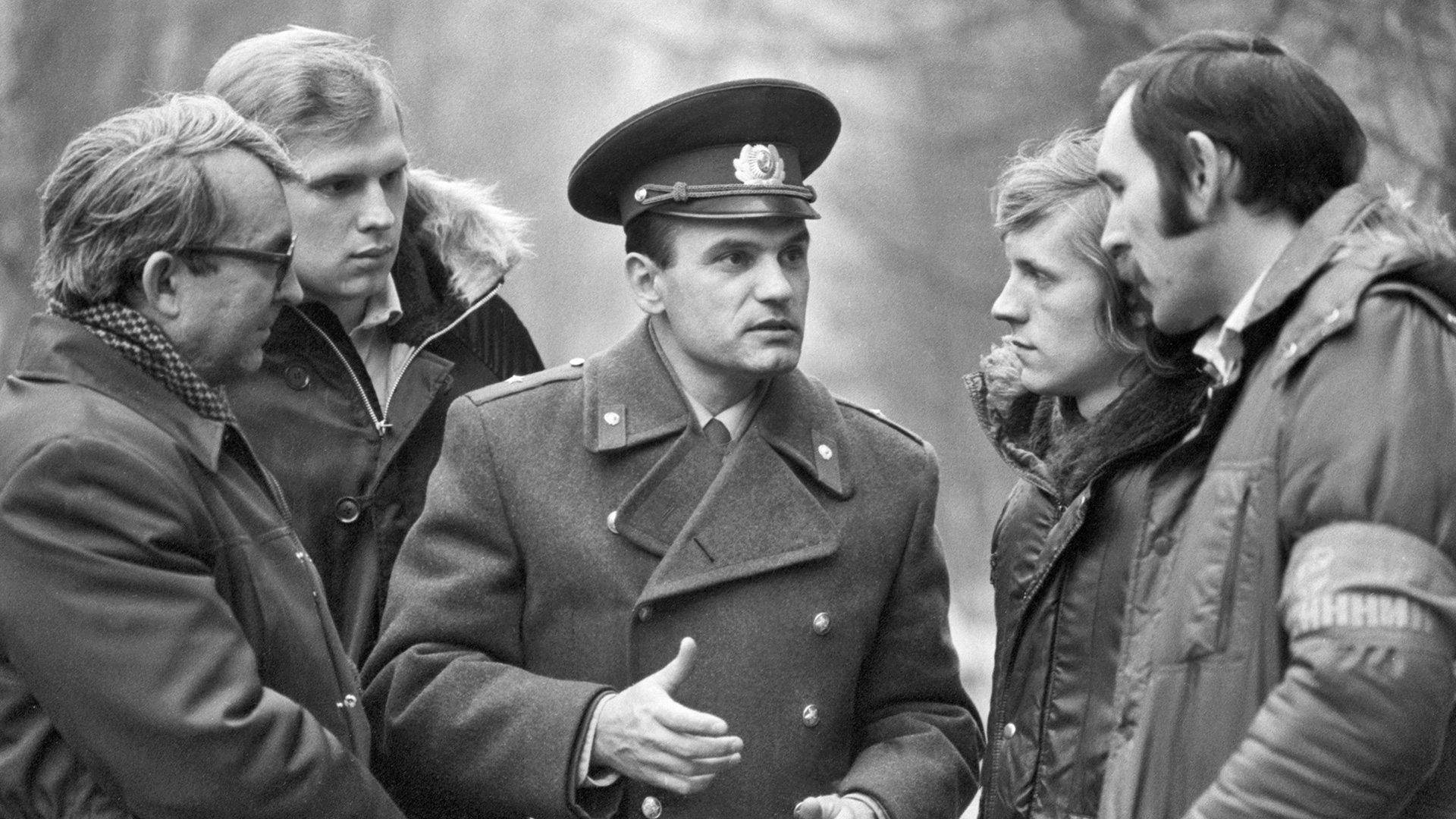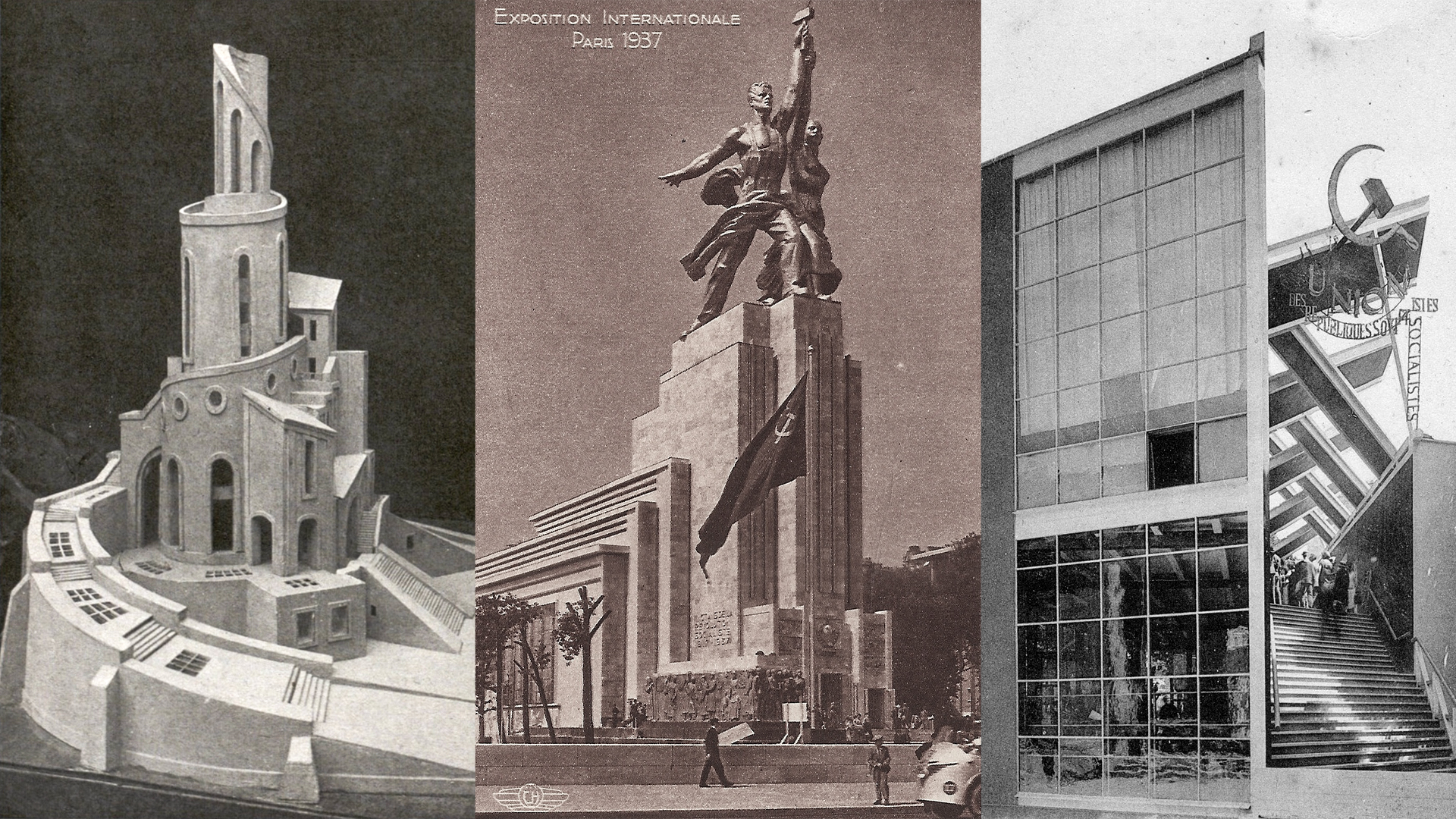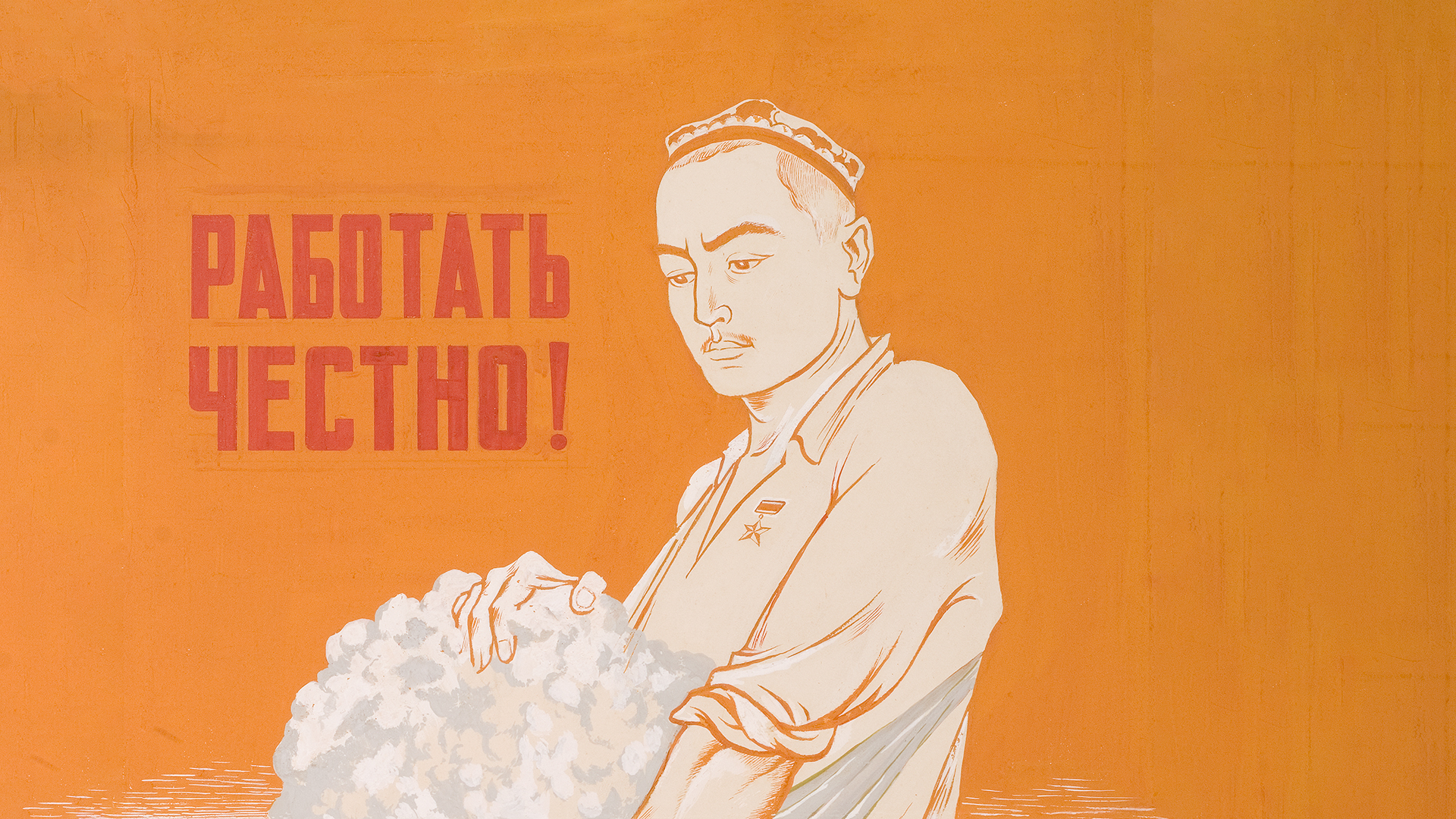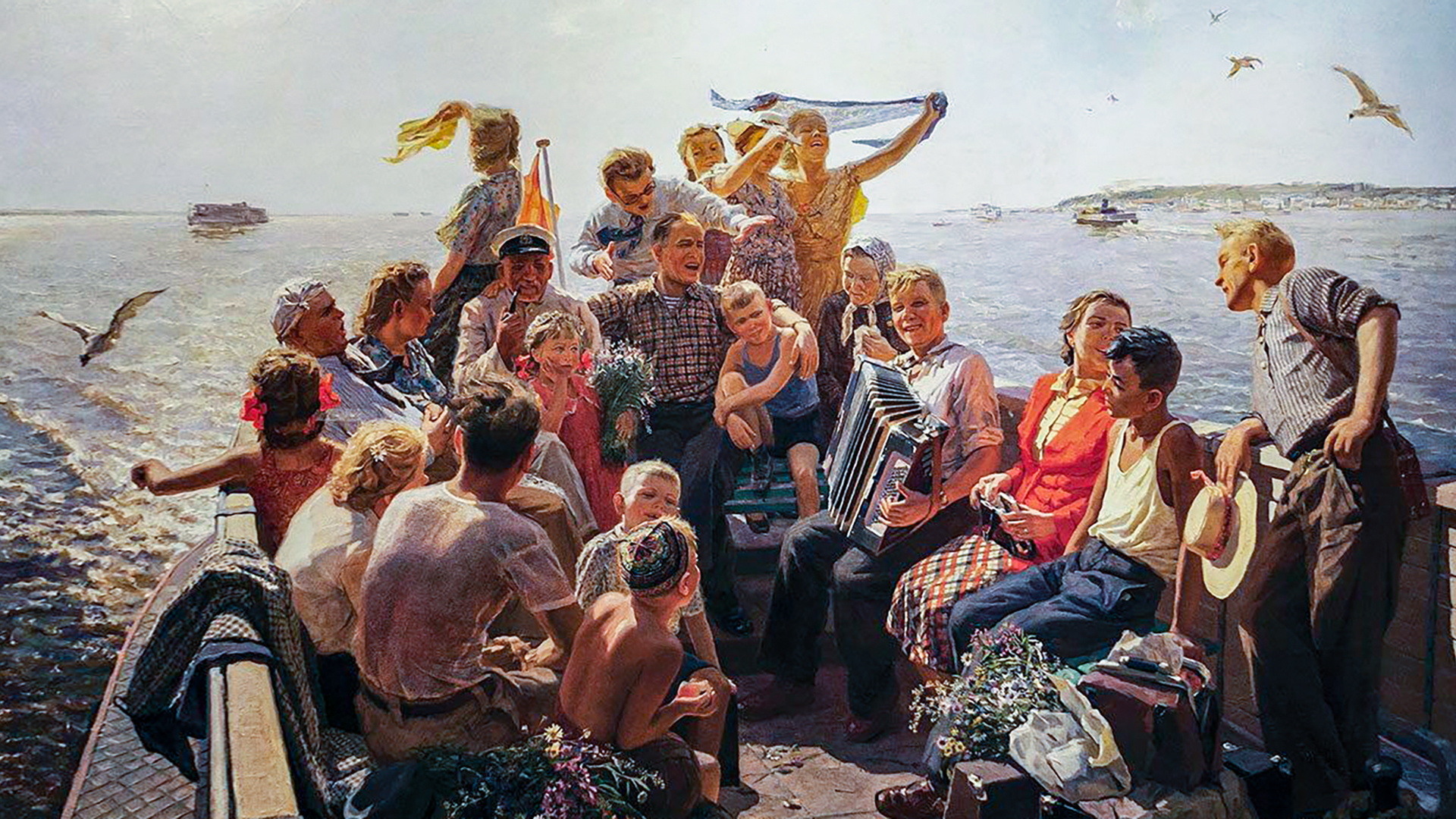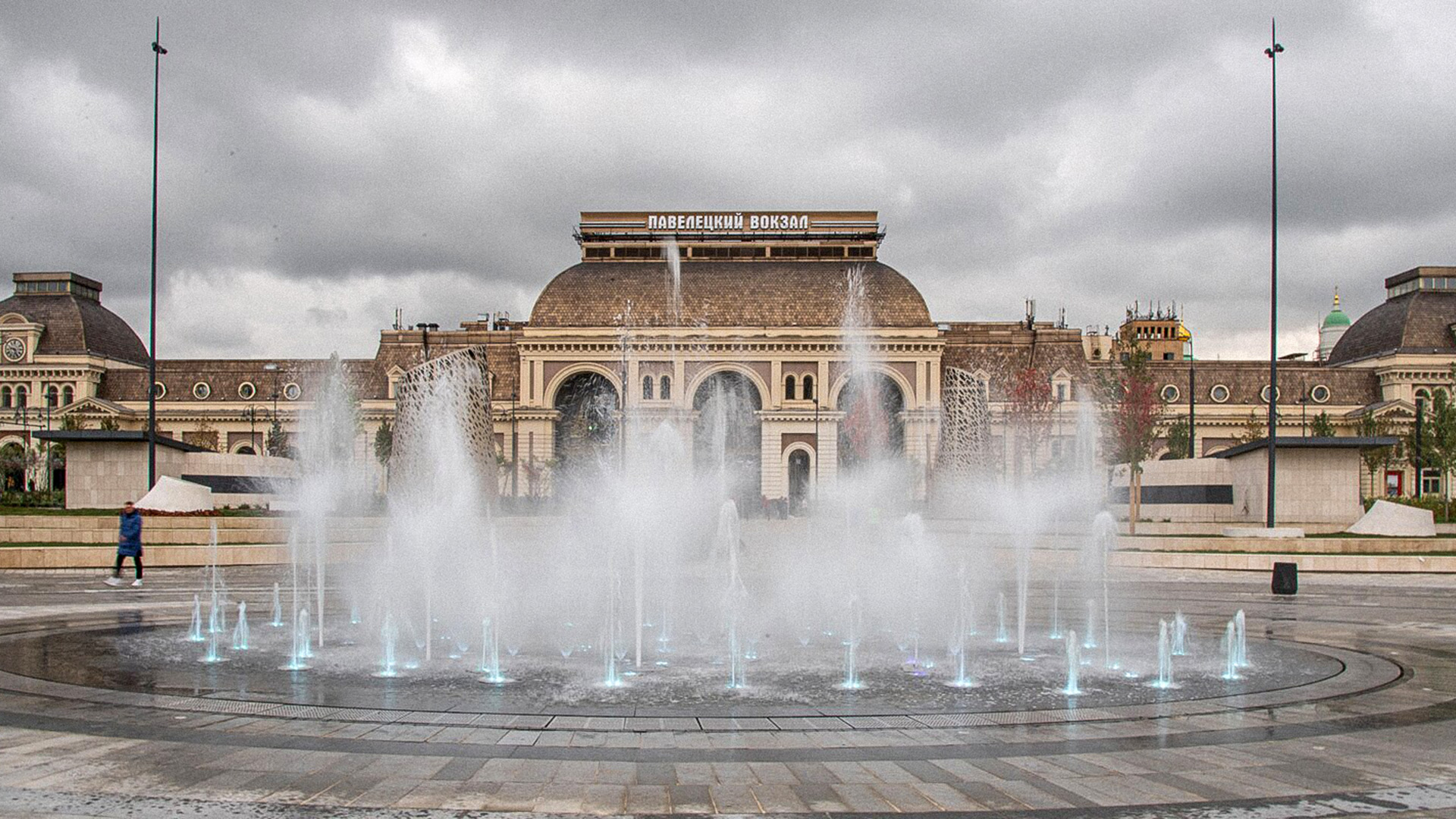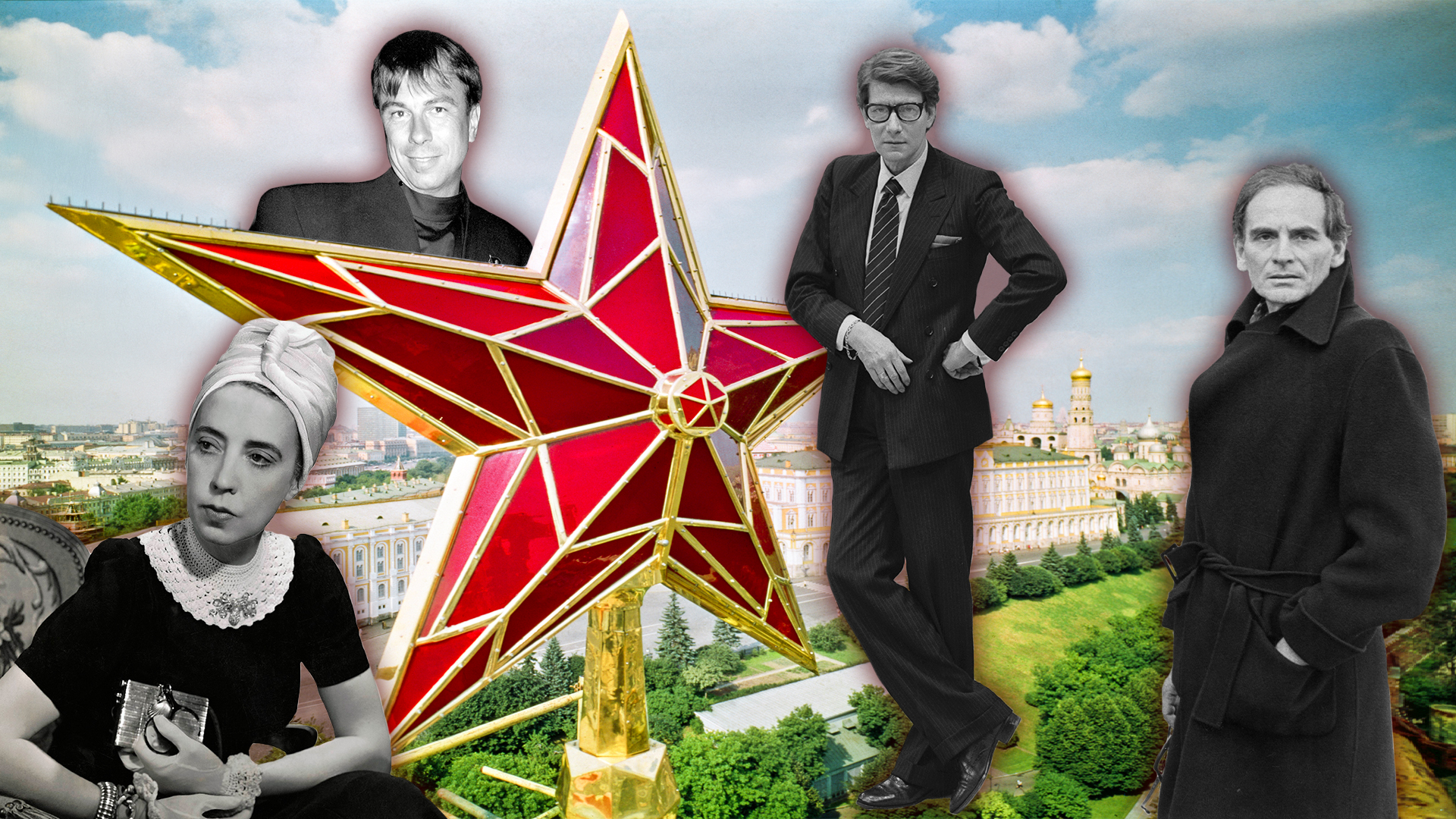
The romantic allure of the Soviet ‘elektrichka’ (PHOTOS)
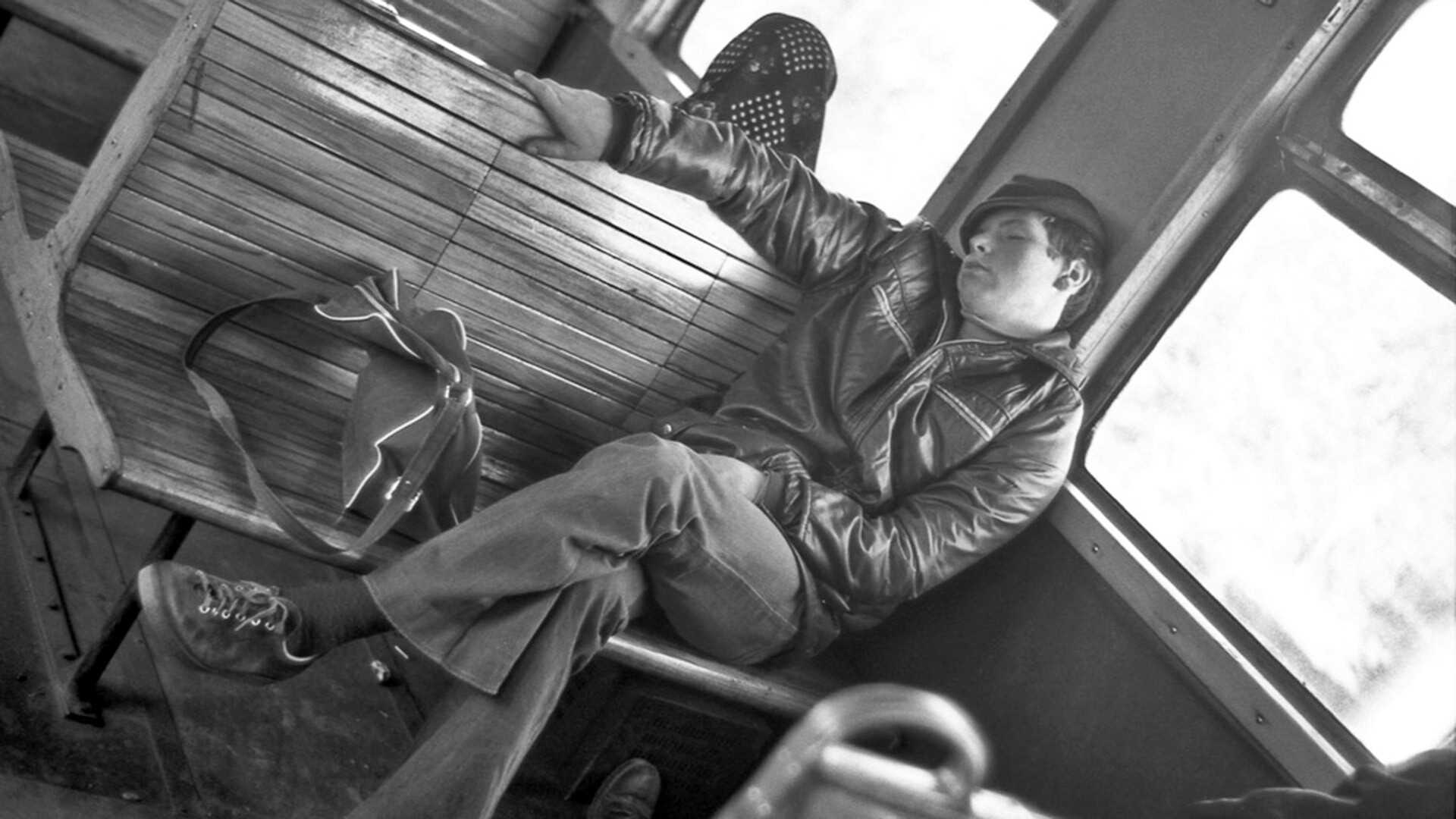
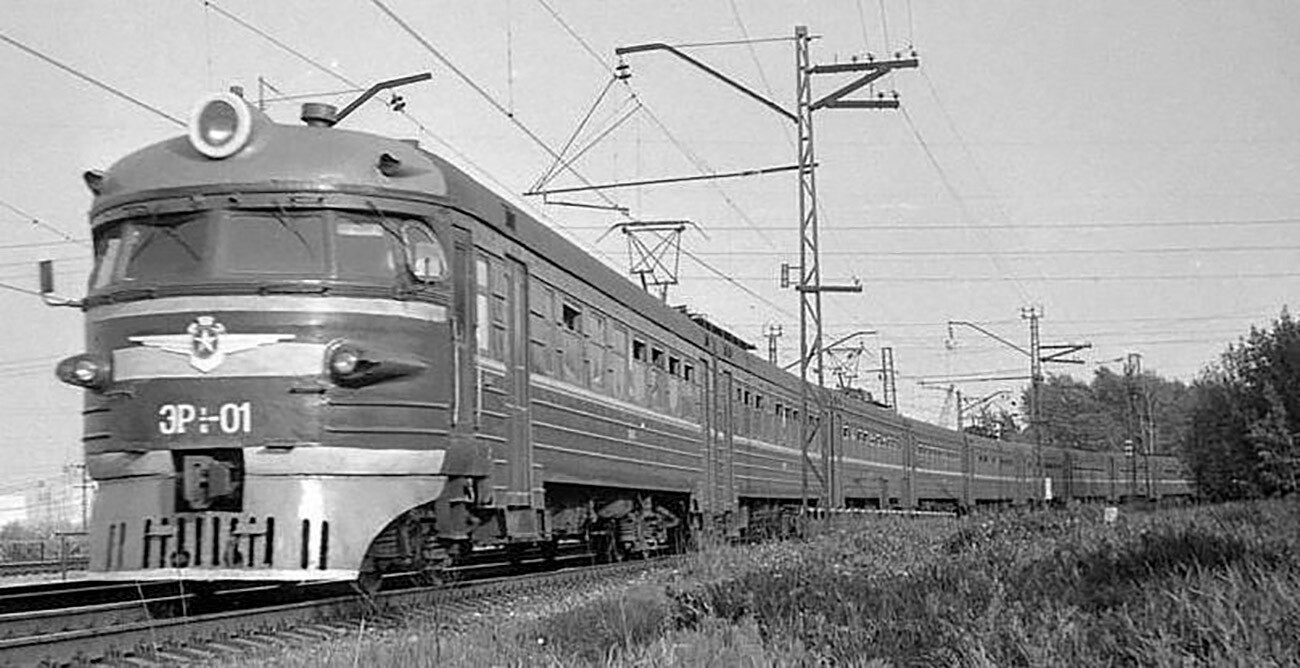
The electric multiple-carriage train in the Russian spoken language is called an elektrichka. First trains of this kind appeared in the Soviet Union in the late 1920s and, up to the 1950s, there was already a huge network of electric trains. Unlike the night and far distance trains, they connected quite short distances.
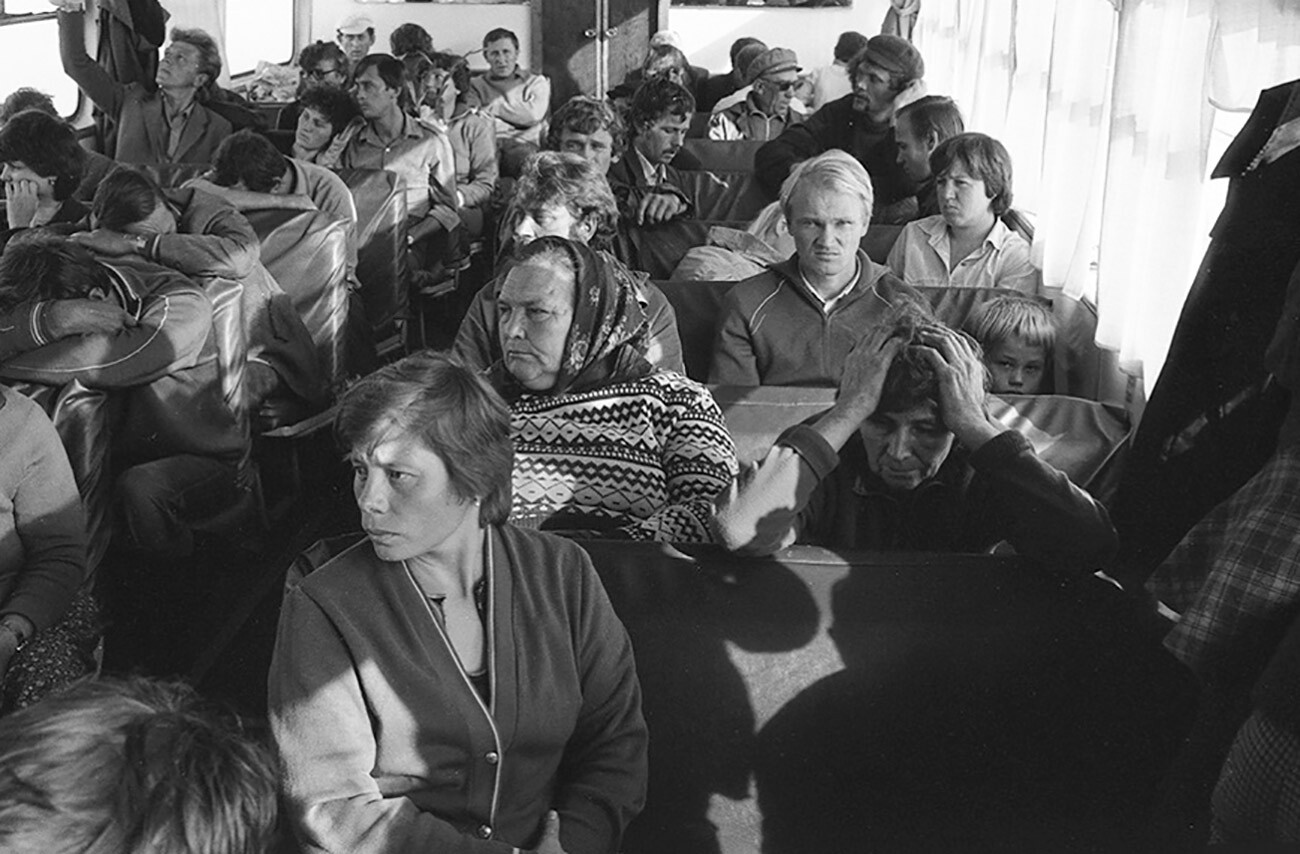
Unlike other types of traction vehicles, they were able to rapidly accelerate and brake on short distances between stations. Moreover, they were relatively quiet and did not pollute the environment that much.

Night trains had three comfort classes and places for sleep, while elektrichkas (electric suburban trains) had only one class and ordinary wooden benches seating three, located in rows facing each other. Metro trains, on the other hand, had just two long benches running along each side of the carriage.
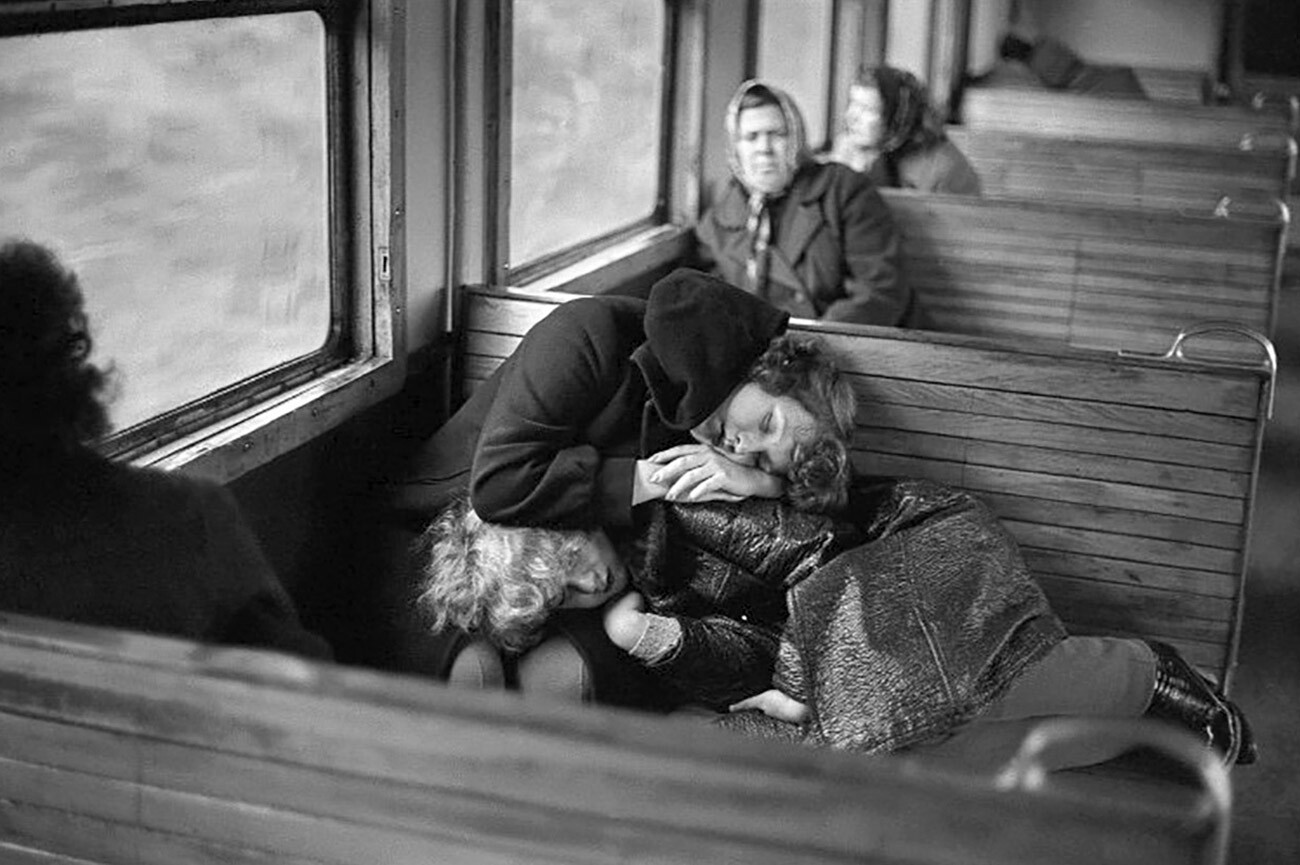
In the Soviet times, there were both wooden benches inside the electric trains, but later the leather ones started to be produced.
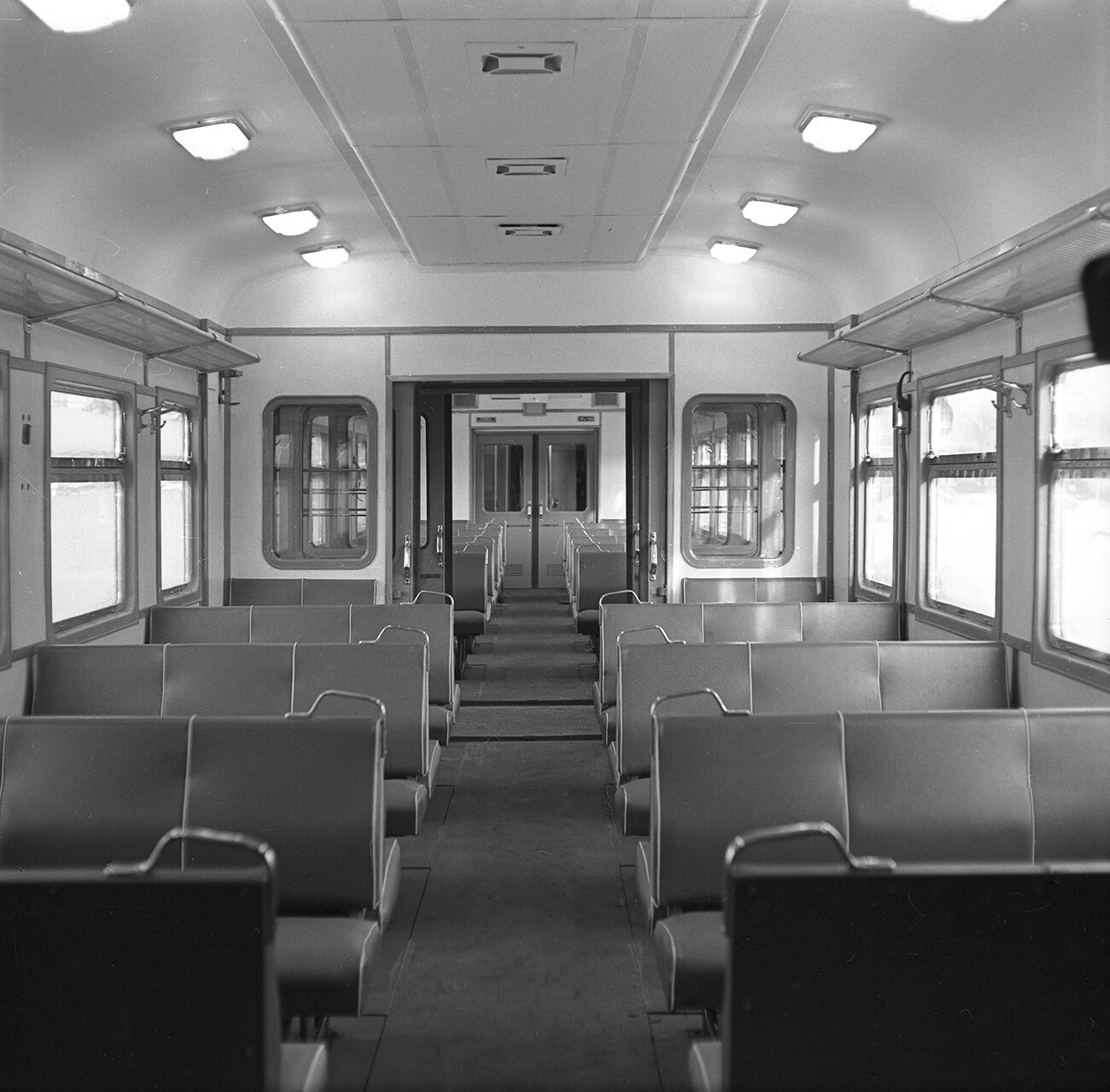
Every day, millions of people used (and still use) the elektrichka to get to work from home and back. Morning and evening rush hours were usually overcrowded, so sometimes people had to literally shove themselves to get inside.
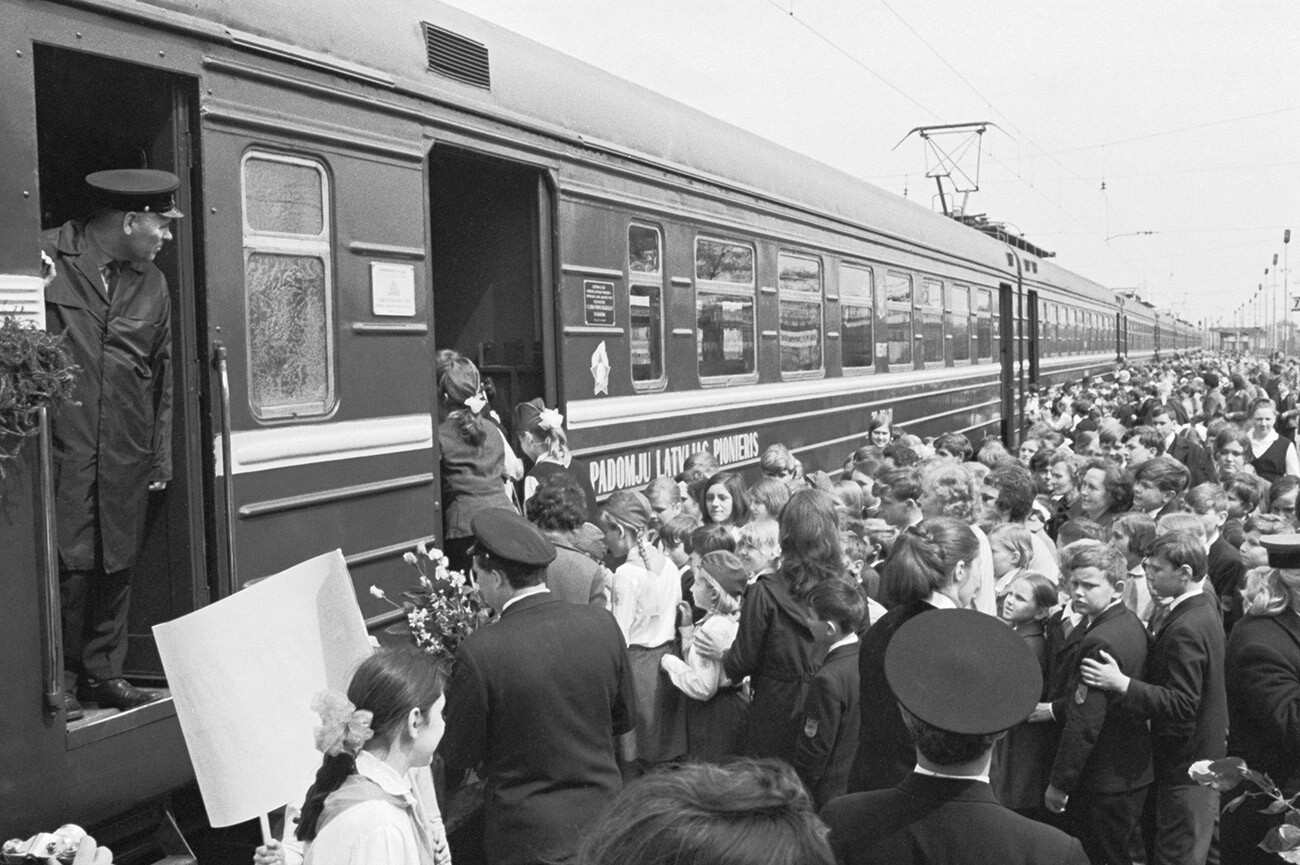
While intervals of the metro trains in big cities were quite minimal - up to five minutes maximum - one could wait for the next elektrichka for about 40 minutes, so making it onto one was an important matter.
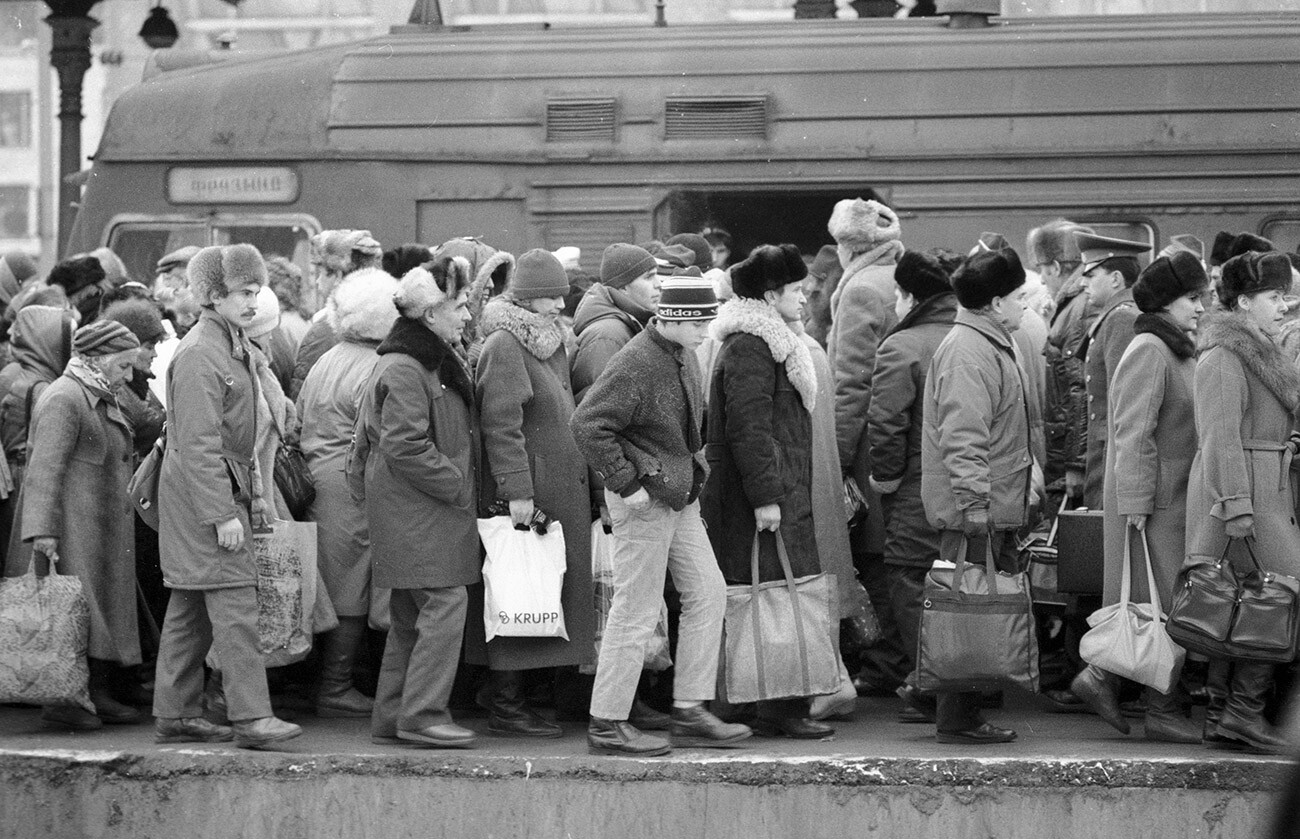
To get to work in the morning, one had to wake up very early, as, sometimes, the way to work could take up to two hours. So, sleeping people was an absolutely normal thing on the elektrichka.
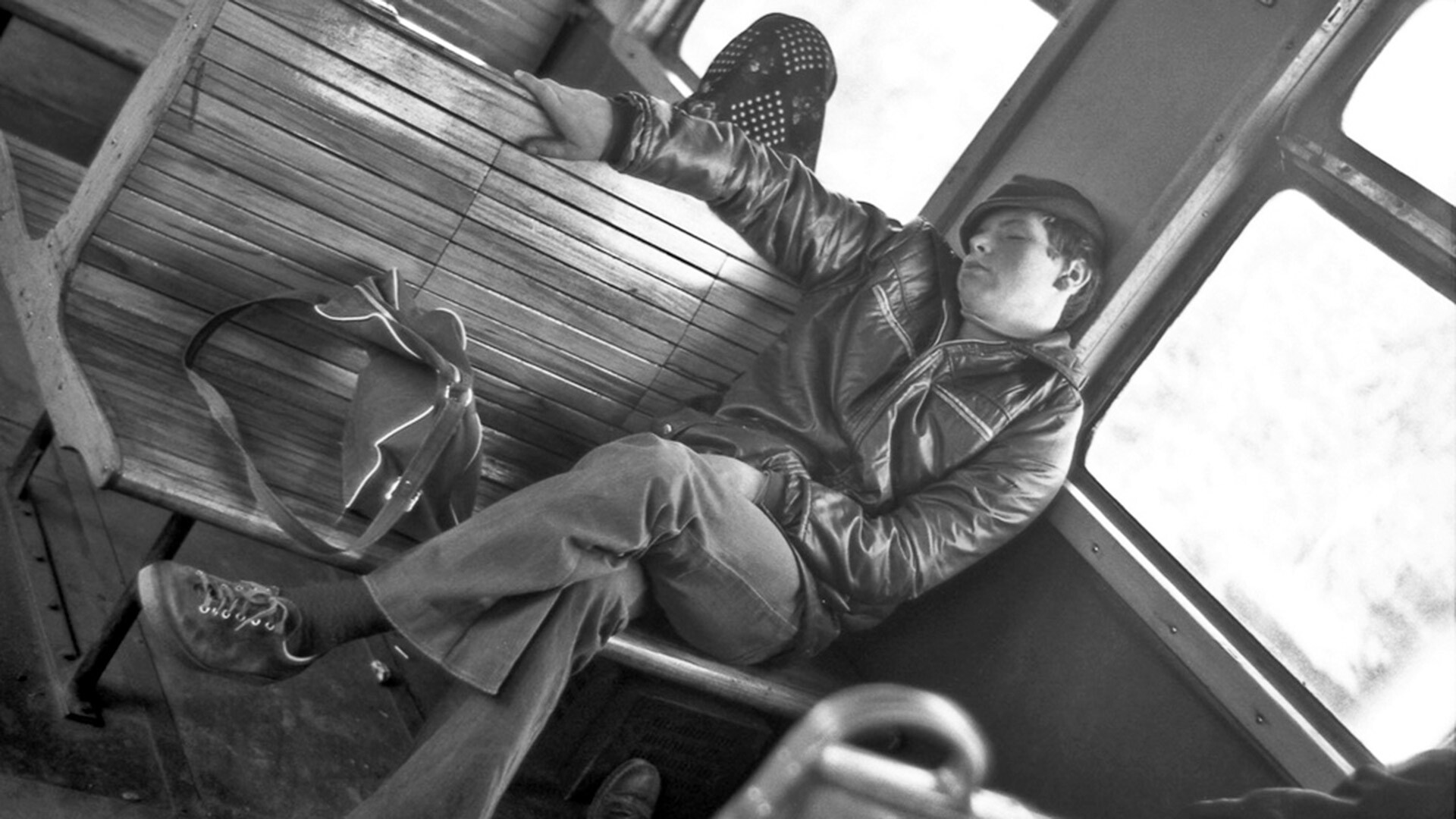
Given the fact that passengers mostly used this type of transport in the morning and in the evening, electric trains had a midday gap on working days.
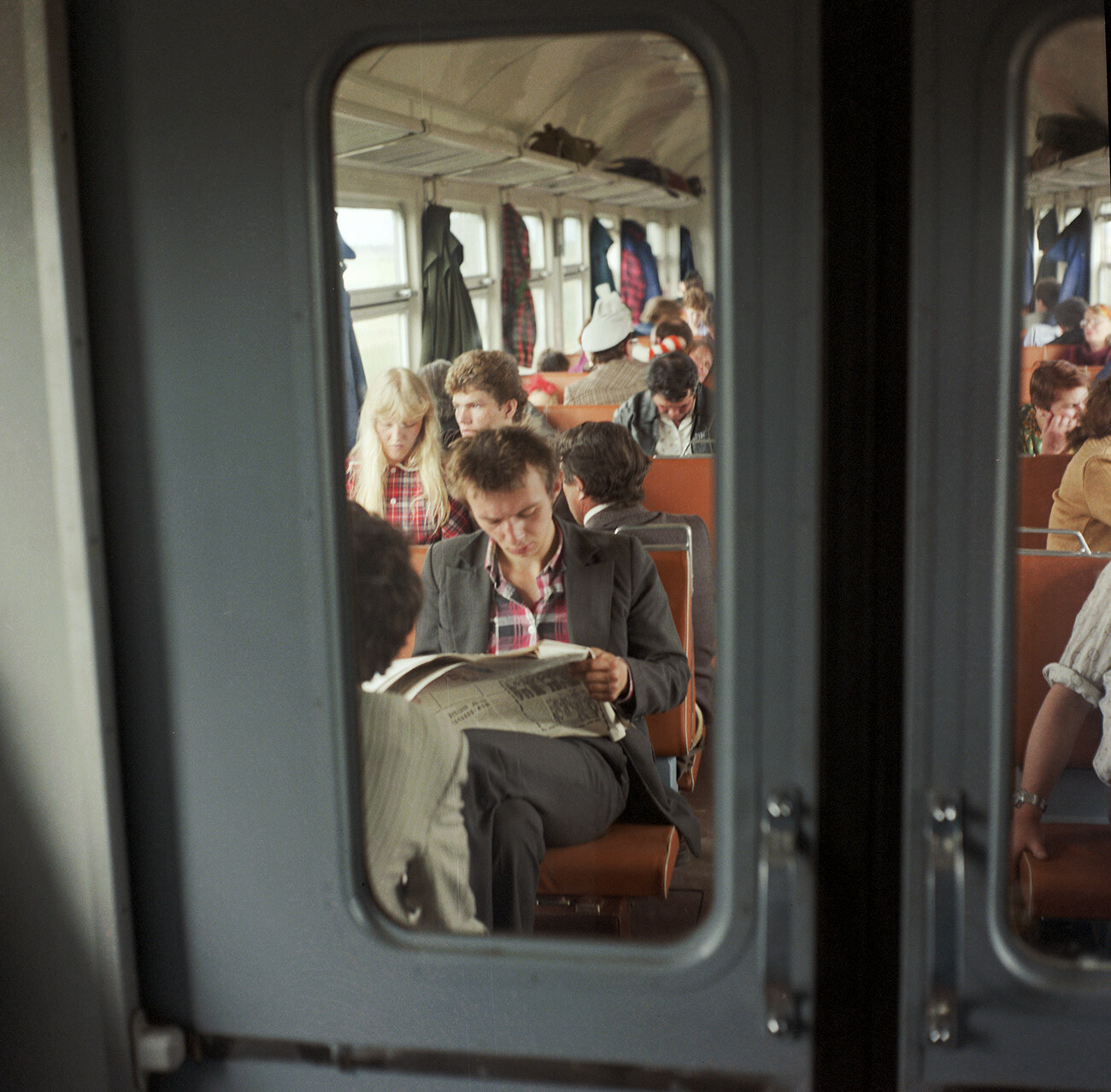
However, on weekends and throughout the summer time, electric trains were running more often, bringing many people and all their stuff, seedlings and pets to the dacha.
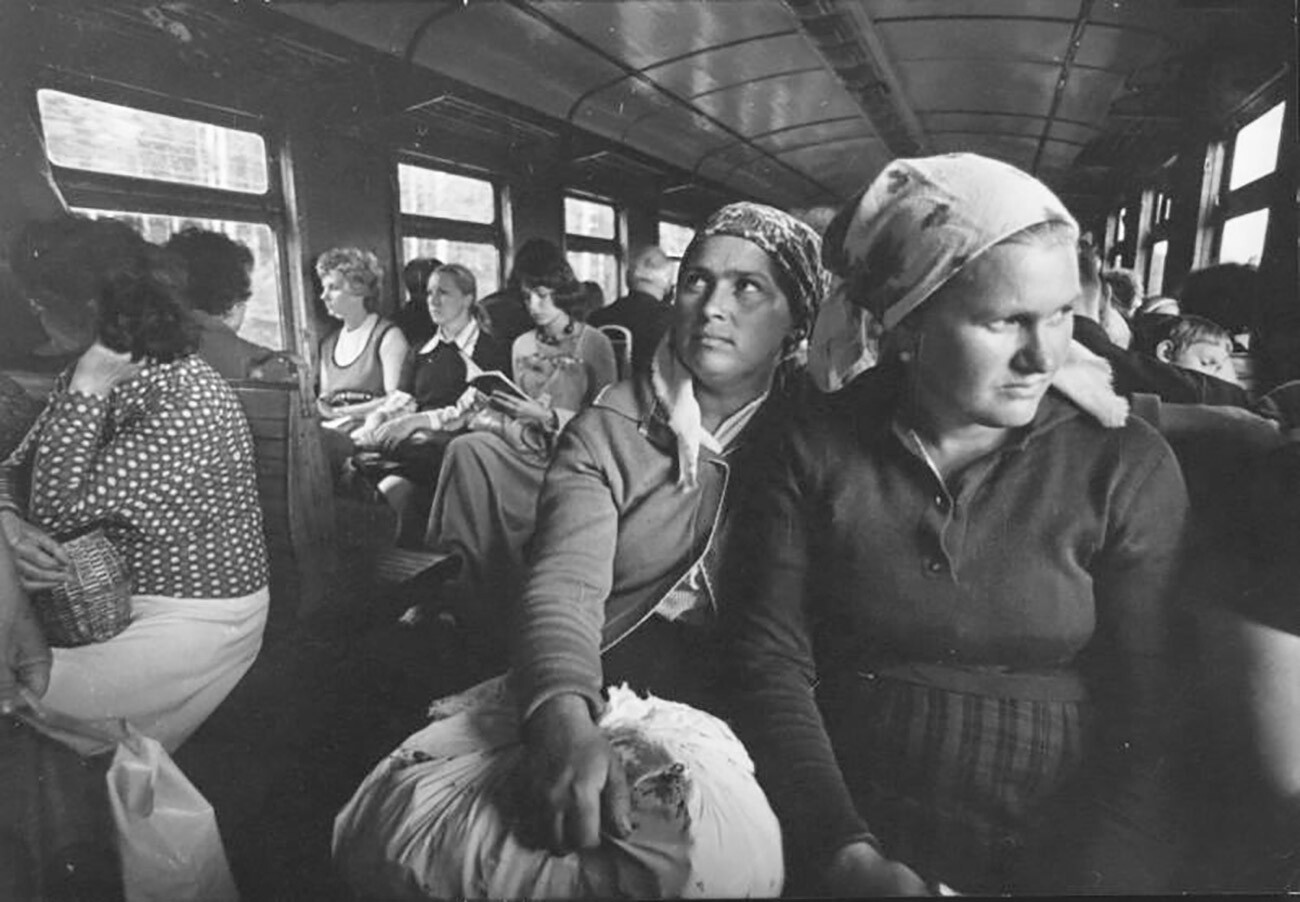
The electrichka also had a very informal nickname - sobaka (literally translated as “a dog”). When people wanted to save money, they would travel, for example, from Moscow to Leningrad (now St. Petersburg) not on a night train, but cheaper - by changing many suburban trains. ‘To get somewhere on sobaka’ (добраться на собаках - dobratsya na sobakakh) was a popular idiom.
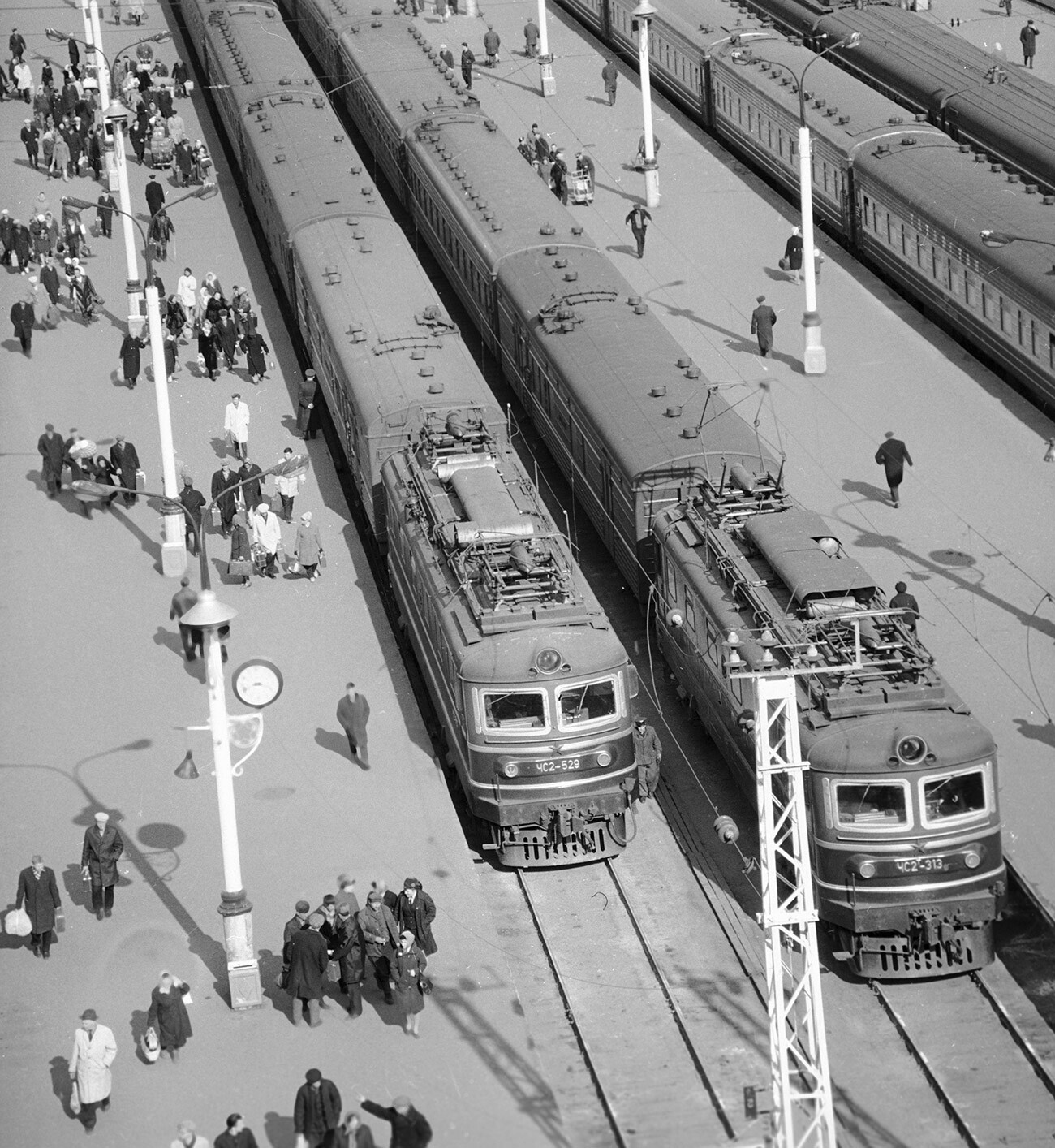
Another animalistic nickname devoted to the elektrichka (and also to other types of public transport) is zayats (literally “a hare”). In Soviet times, there were no turnstiles or such, so people could easily get aboard an elektrichka. And when a ticket controller appeared, people without tickets (hares) would run away through the train and would get off at the station, run on the other side of the carriage, where the controller had already passed.
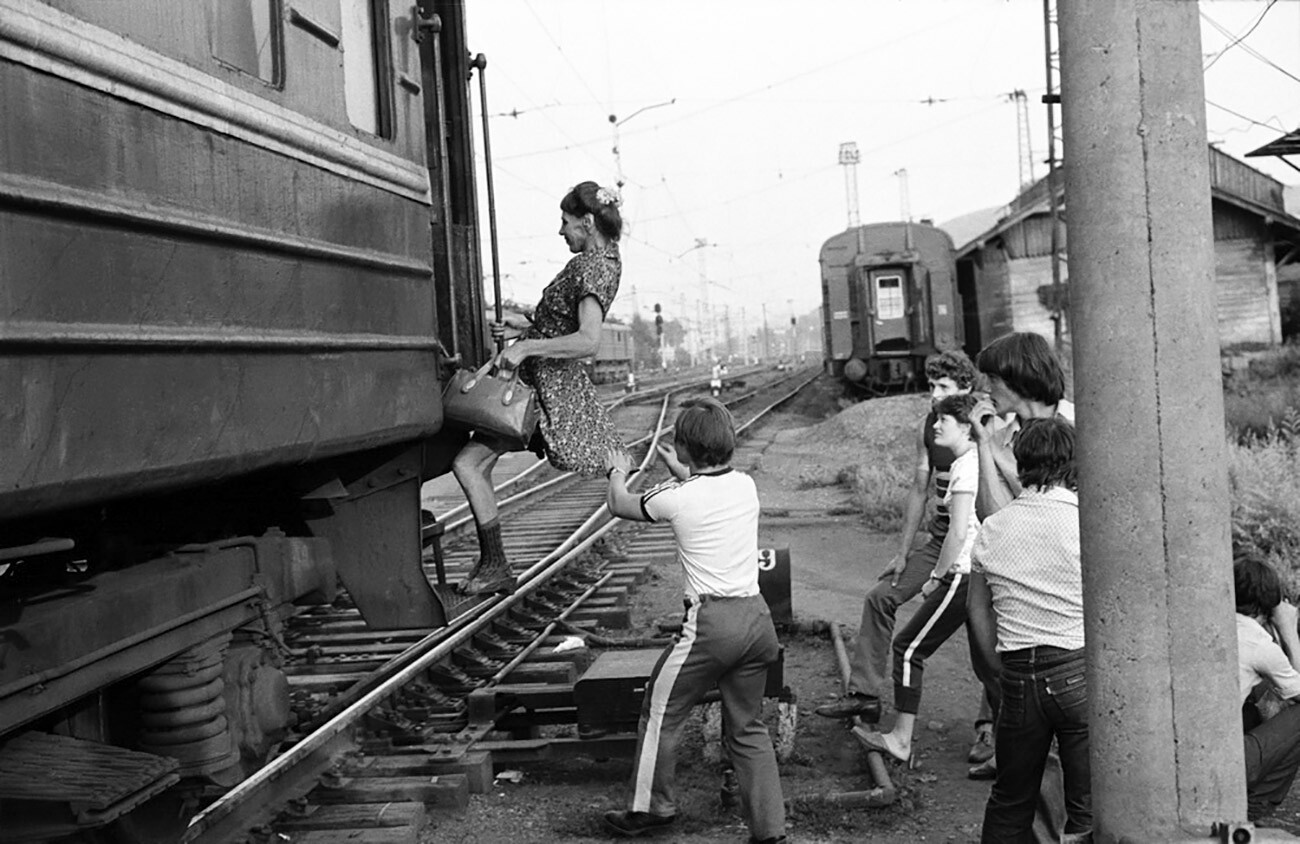
Another feature of electric trains were vendors shuttling around the carriages. They usually had bags stuffed with useless knick-knacks and they acted as a walking advertisement, loudly describing how much everyone needed those great things. Beggars and strolling musicians begging for alms were also regular “passengers” on an elektrichka.
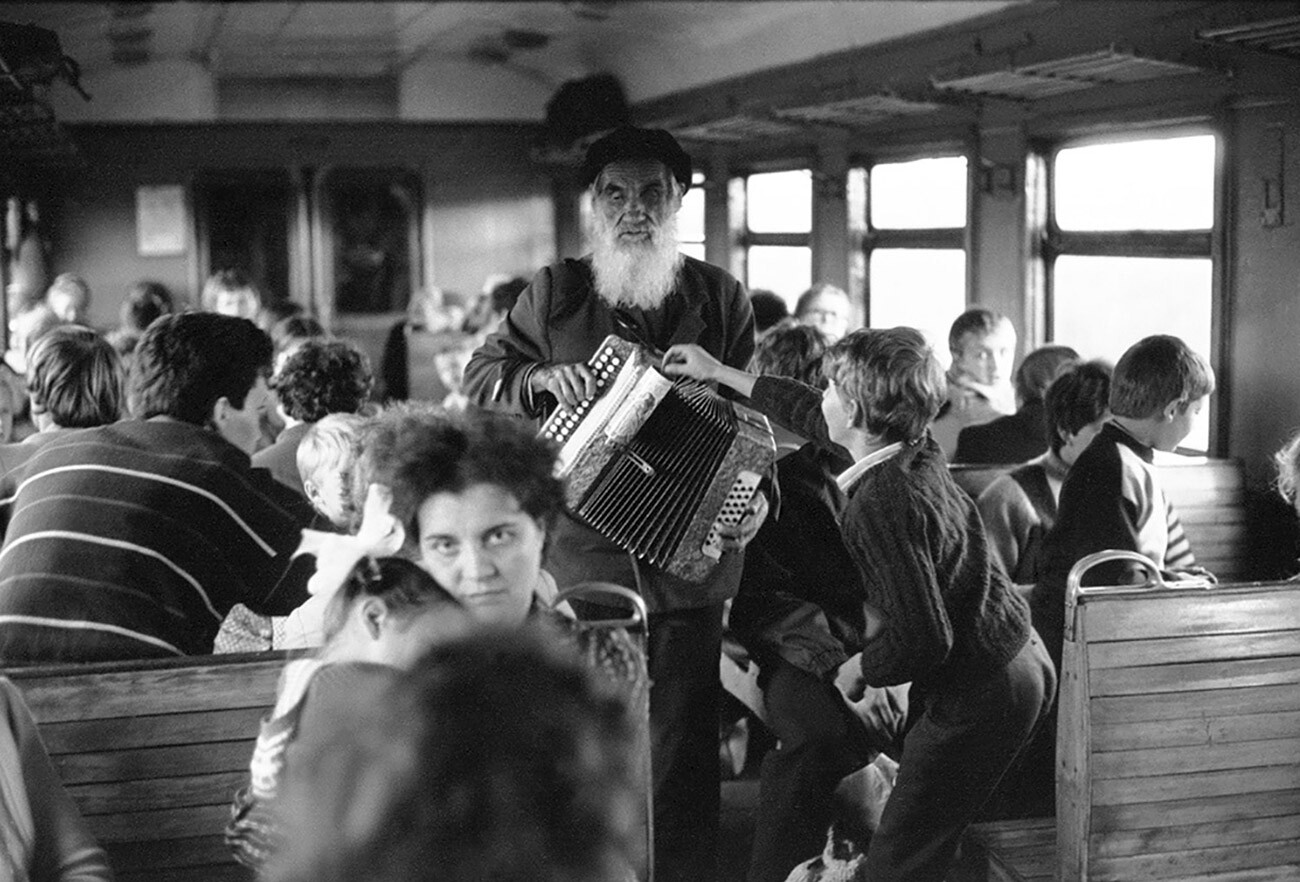
The elektrichka also played an important role in social life. Without having many places to gather (and having no money for restaurants), people enjoyed traveling together not far distances and, on route, they could have nice conversations (including discussing and exchanging books).
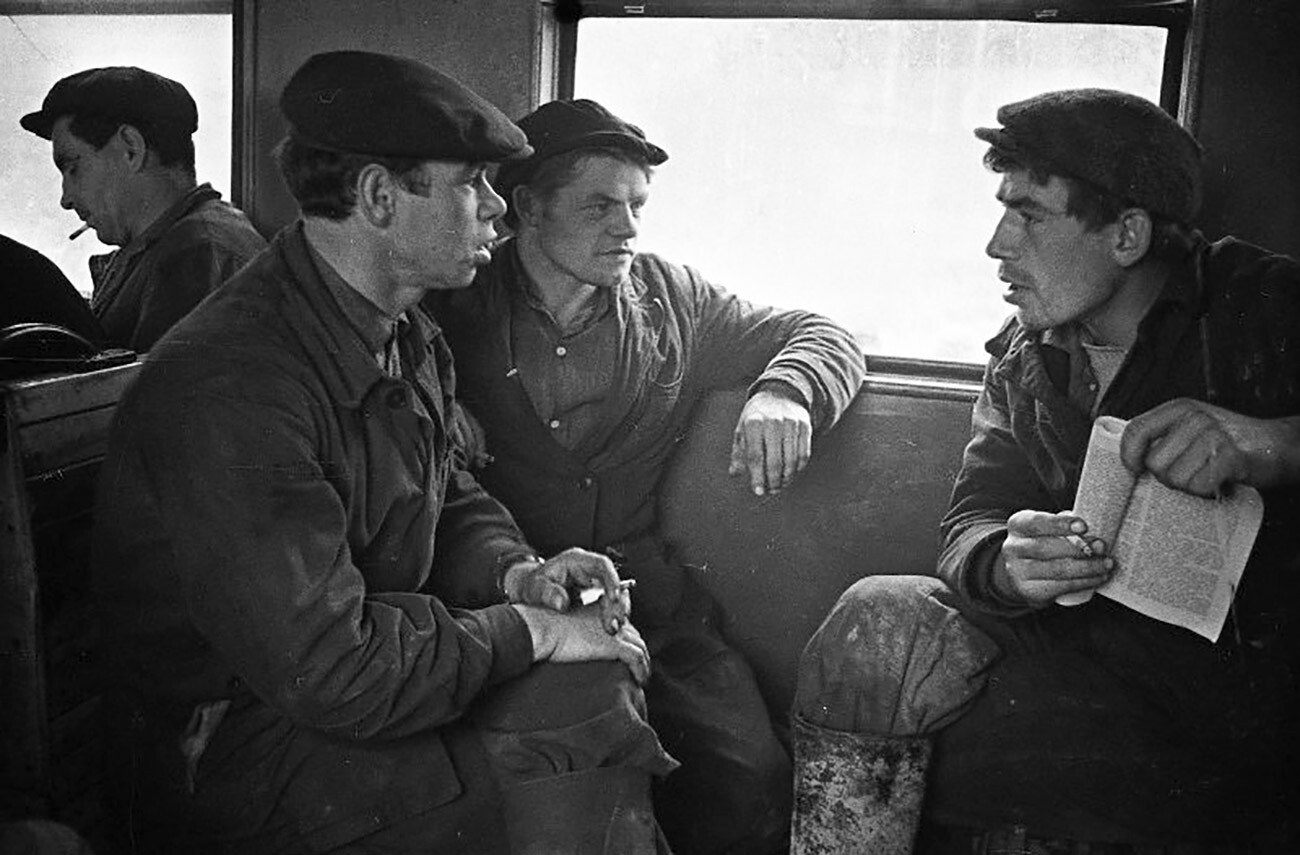
They could also just have fun and play lots of different games.

Of course, they enjoyed themselves singing and playing guitar, the most essential Soviet musical instrument…

…as well as accordions.

Very few Soviet people owned cars, so very many of them used the elektrichka. If not to reach work, then to go somewhere for a weekend, to the dacha or just to take a small outing to nature. Summer mushroom picking in the nearest forest or winter cross-country skiing or just an ordinary picnic and BBQ.

The electric train played such a big role in Soviet people’s lives that it found a reflection in culture, as well. A character from the Oscar-winning movie ‘Moscow doesn’t believe in tears’ (1979), meets her love on an electric train.
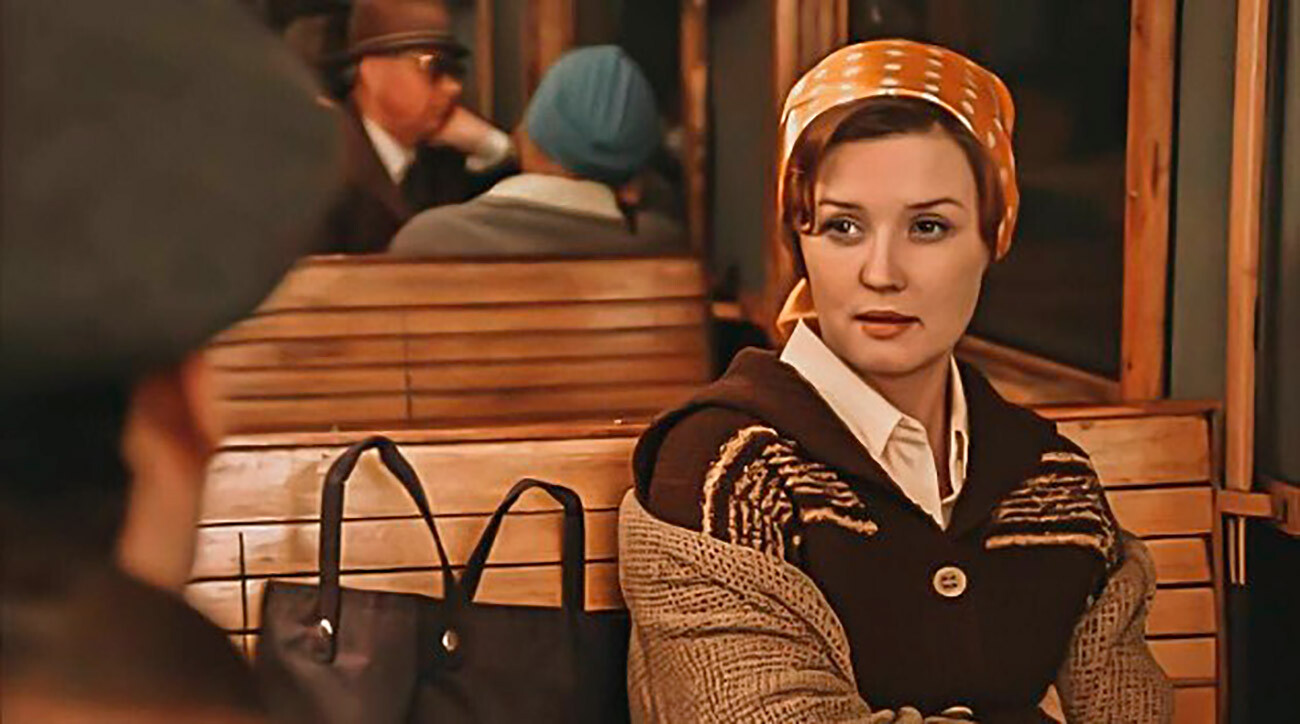
And the most famous piece praising the electric train is the novel ‘Moscow-Petushki’ (a.k.a. ‘Moscow - To the End of the Line’) by Venedikt Yerofeyev. This is a Soviet “Odyssey” where a character travels from Moscow to Petushki station (a route still operating) to his beloved woman and, aboard the train, he meets different people, drinks and talks with them. Very philosophical and conceptual novel showing a widespread type of Soviet men: a heavy drinking intellectual.
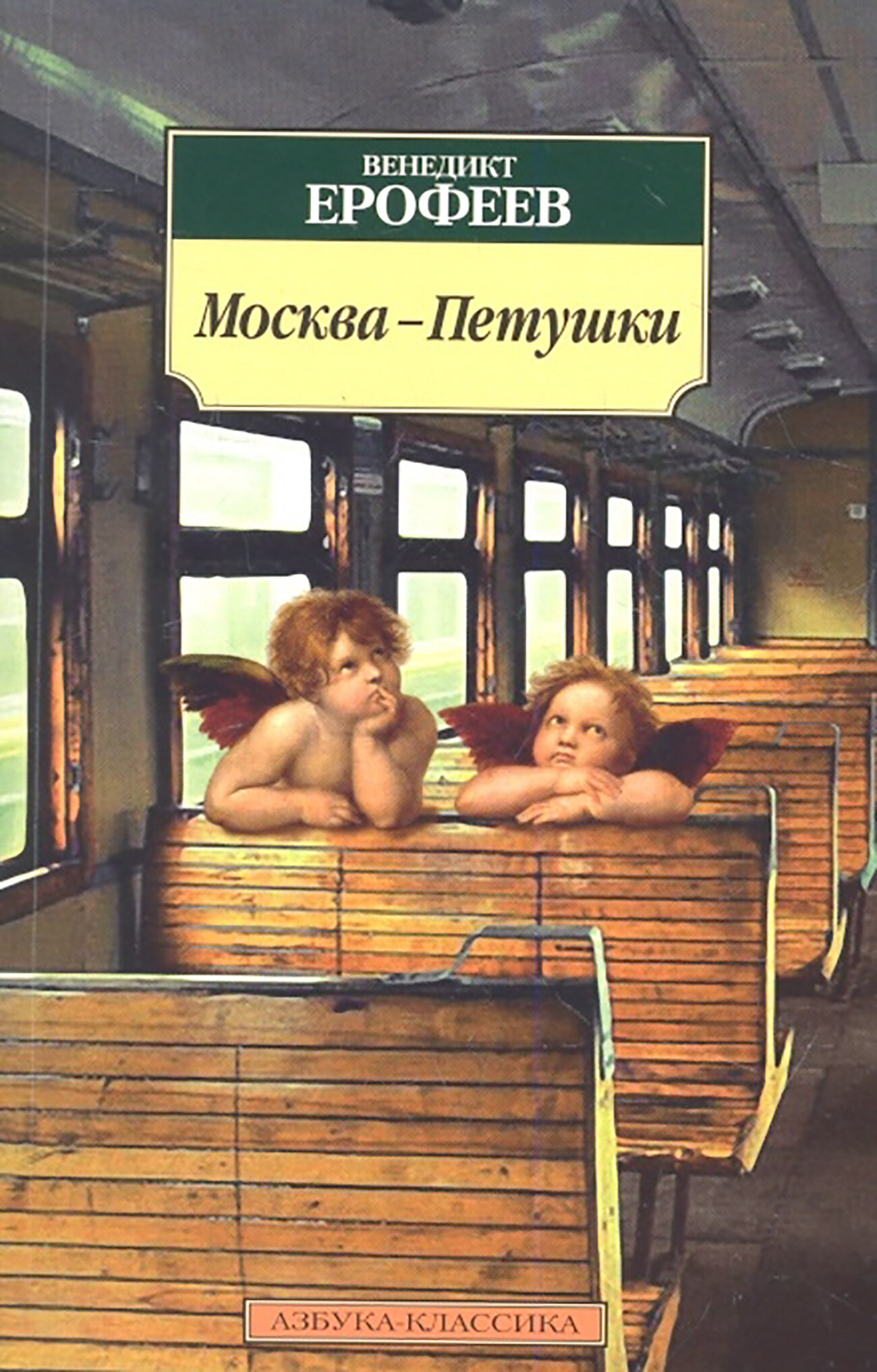
It would also be fair to say that many people hated the elektrichka, because it often smelled very bad and because of all the drinking and sleeping people and beggars (almost living there). And yes, an electric train could look like this…
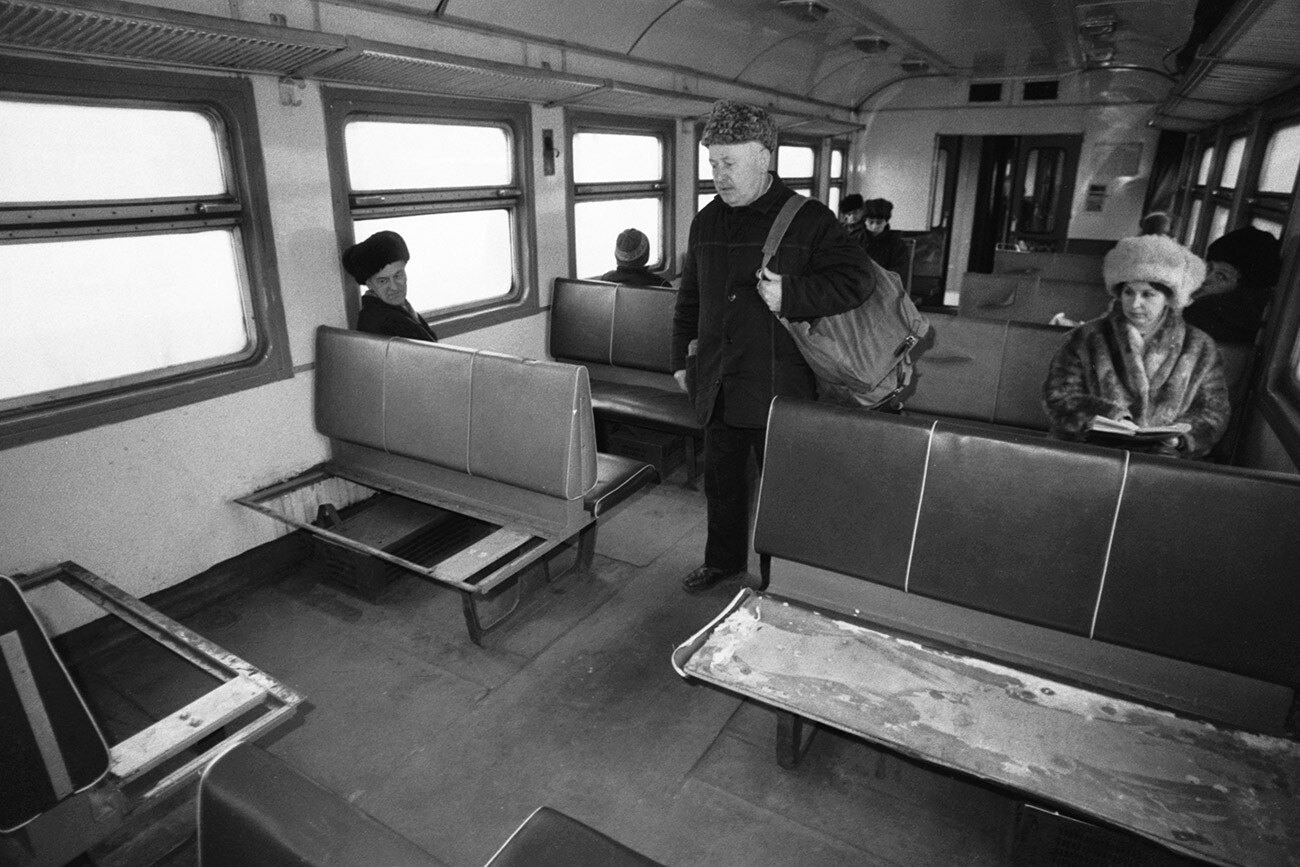
And if one couldn’t find a place inside the train car, one could spend the entire travel time standing in an overcrowded train vestibule (a.k.a. tambour, in Russian), where people even used to smoke.
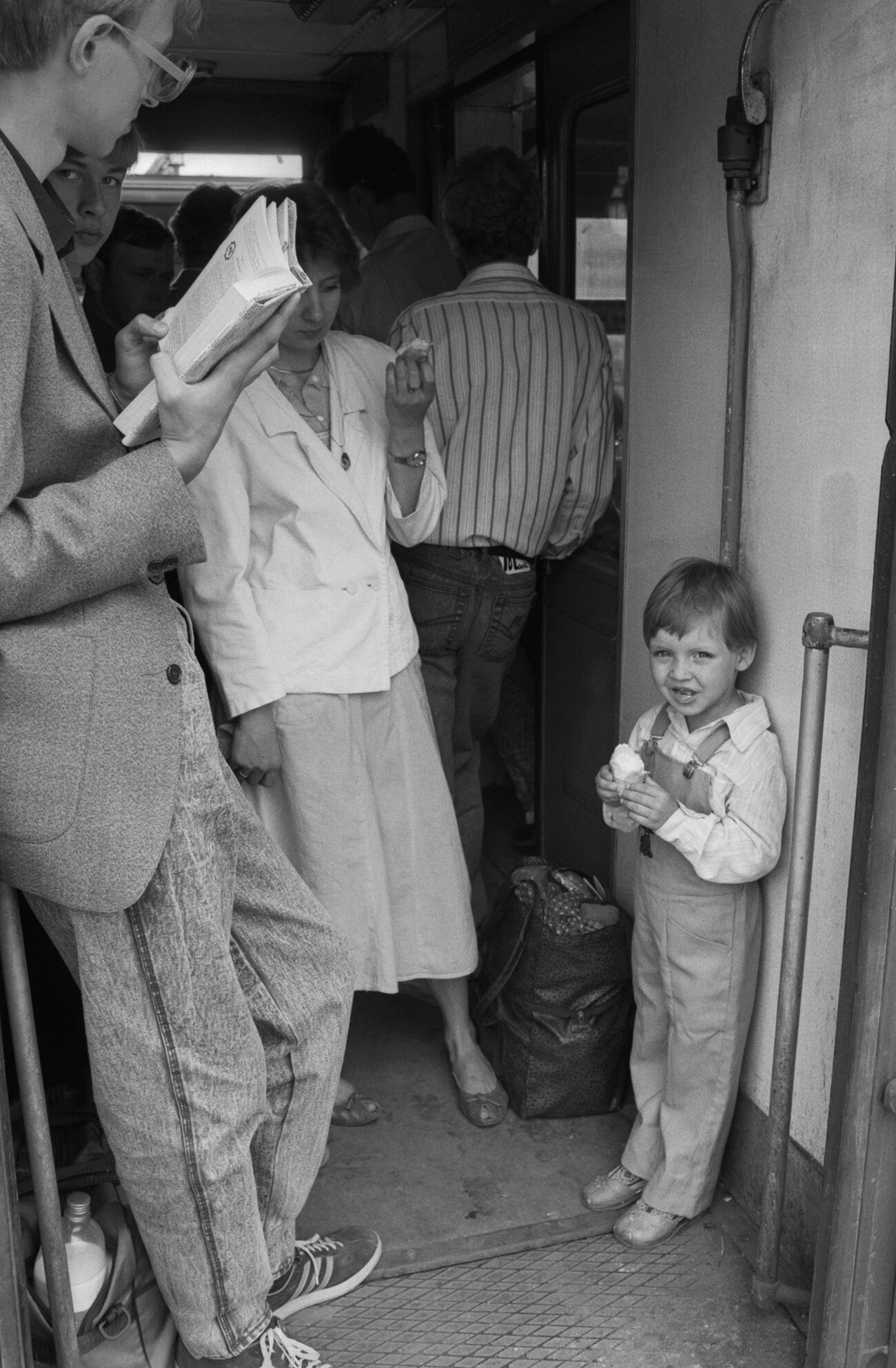
And also… There were only two toilets for the entire train, in the very beginning and at the very end. And they almost always were in poor condition!



